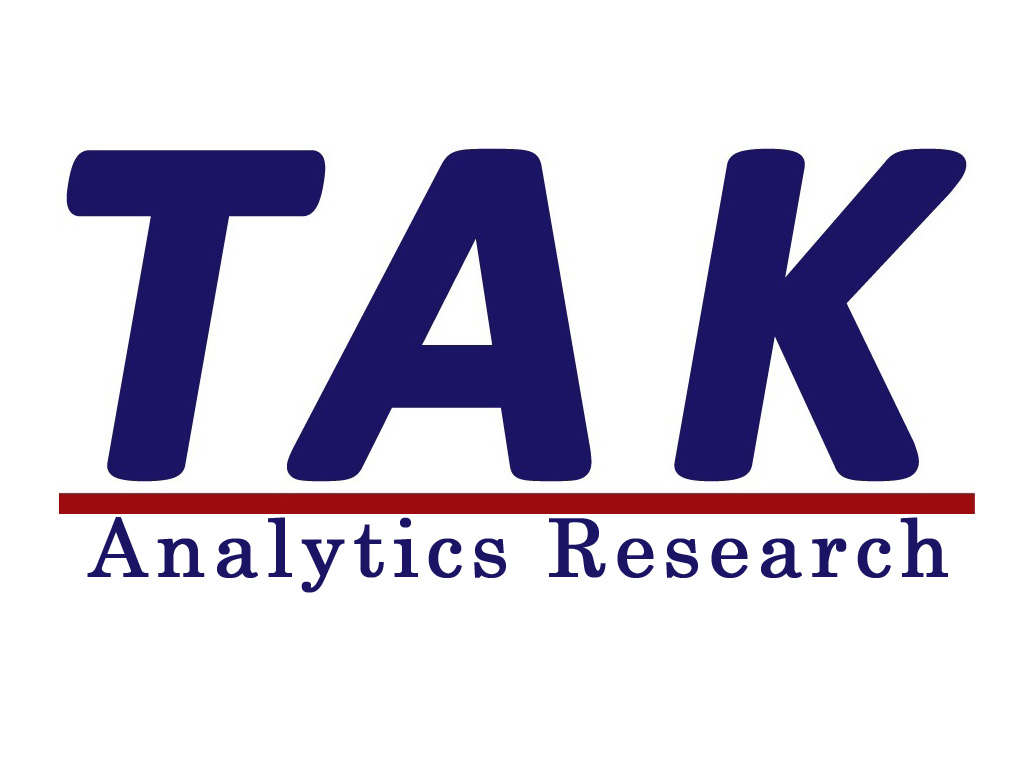2011年9月15日、カリフォルニア州キャンベルから―市場調査会社Infonetics Research社は本日、2011年の第二四半期に自社の発行した, 第2世代/第3/第4世代(およびLTE、Wimax)機器の通信基盤と加入状況の報告書の要約を発表した。その中では、製造業者の市場占有率、各種予想、LTE機およびWIMAX機の展開状況を含め、モバイル機器とワイヤレス機器市場についての総合的な分析がなされている。
アナリストノート
「LTE機と第4世代機は成功し続けるだろうが、中国とインドでの通信容量の大幅増大を伴ったGSM規格機の2011年第二四半期における成功こそまさに本物だった。加えて、多規格準拠の基地局(BTS)を利用して、通信網最新化を行った第二および第三世代機も、競争力を強化し続け、2011年後半においても主要な地位を保ち続けるだろう」と、Infonetics Researchにおけるモバイル通信基盤に関する首席アナリストのStéphane Téral氏は予想する。
Infonetics Researchにおけるマイクロ波機器および小型機器総括アナリストで、上述報告書の共同著者でもあるRichard Webb氏は以下のように付け加えた。「WiMAX機は通信網の拡大に加え、公益施設の通信網というニッチな市場に、新たな成長の道を見出すことで手堅い営業成績を維持し続けるでしょう。現在、LTE機に対しては劣勢であるとはいえ、予想されてきた通り、UQ社のIEEE802.16m規格への投資は、そこに第4世代機の行程表における新たな可能性があることを示しています」。
第2、第3、第4モバイル通信基盤市場についての要旨
- 第2、第3、第4世代の通信基盤市場全体としては、機器の売上の上げ幅は2010年から2011年にかけての年次比較において25.2%、2011年第二四半期も引き続く4.5%となり、GSM機、W-CDMA機、そして勢いの衰えないWimax機とLTE機の展開にけん引され、力強く成長を続ける。
- 2011年から2015年にかけての5年間で、モバイル通信機器の売上は累積総計2500億円近いものと予想されている。
- 第4世代区分のLTE(Long Term Evolution)の機器売上は、世界でLTEが約6億円、WiMAXが5億円となり、 2011年第二四半期に初めてWiMAXのそれを上回った。
- LTE とWiMAXの機器売上を合算すると、Infonetic社の予想では、2010から2015にかけての5年間の年平均成長率は46.5%となる。
- 2011年第二四半期、Alcatel-Lucent社とEricsson社はLTE機器分野の急成長の中で、引き続き厳しい競争を繰り広げるが、世界売上の収益において、ALU社がEricsson社をやや上回るだろう。
Infonetics’ quarterly 2G/3G/4G (LTE and WiMAX) Infrastructure and Subscribers report provides worldwide and regional market size, vendor market share, analysis, and forecasts through 2015 for LTE, WiMAX, and 2G and 3G mobile network equipment and subscribers. The report includes a fixed and mobile WiMAX Network Deployment Tracker and an LTE Deployment Tracker. Vendors tracked: Acme Packet, Airspan, Alcatel-Lucent, Alvarion, Apertio, Aperto, Aviat, Cisco, Datang Mobile, Ericsson, Fujitsu, GENBAND, HP, Huawei, Motorola, NEC, Nokia Siemens, Proxim, Redline, Samsung, Tellabs, UTStarcom, ZTE, and many others.
(原文)
2G, 3G, 4G mobile gear up 25% YoY, up 5% in 2Q11; LTE surpasses WiMAX
Campbell, CALIFORNIA, Sept. 15, 2011—Market research firm Infonetics Research today released excerpts from its second quarter 2011 (2Q11) 2G/3G/4G (LTE and WiMAX) Infrastructure and Subscribers report, which takes a comprehensive look at the mobile and wireless equipment markets, including vendor market share, forecasts, and LTE and WIMAX deployments.
ANALYST NOTE
"Although LTE and 4G continue to make the headlines, GSM was definitely the 2Q11 reality, with massive capacity upgrades in China and India. In addition, 2G and 3G network modernization with multi-standard base transceiver stations (BTS) continues to be strong and will remain the main theme throughout the second half of 2011," expects Stéphane Téral, principal analyst for mobile infrastructure at Infonetics Research.
Richard Webb, directing analyst for microwave and small cells at Infonetics Research and co-author of the report, adds: "WiMAX continues its solid performance, finding growth from network expansions plus new niches in utility networks. Despite now being overtaken by LTE, as had been expected, UQ’s investment in 802.16m shows there is an alternative 4G roadmap."
2G, 3G, 4G MOBILE INFRASTRUCTURE MARKET HIGHLIGHTS
- The overall 2G, 3G, 4G infrastructure market continues to evolve on strong footing led by GSM, W-CDMA, and unabated WiMAX and LTE deployments, with equipment spending up 25.2% year-over year (2Q10 to 2Q11) and up 4.5% sequentially in 2Q11
- A cumulative total of nearly $250 billion is forecast to be spent on mobile infrastructure during the 5 years 2011 to 2015
- In the 4G segment, LTE (Long Term Evolution) equipment spending passed WiMAX for the first time in 2Q11, with the global LTE market at about $0.6 billion and WiMAX at $0.5 billion
- Combined, LTE and WiMAX equipment spending is forecast by Infonetics to grow at a 46% 5-year compound annual growth rate (CAGR) from 2010 to 2015
- In 2Q11, Alcatel-Lucent and Ericsson remain in a tight race in the fast-growing LTE equipment segment, with ALU edging ahead of Ericsson by a fraction in global revenue

